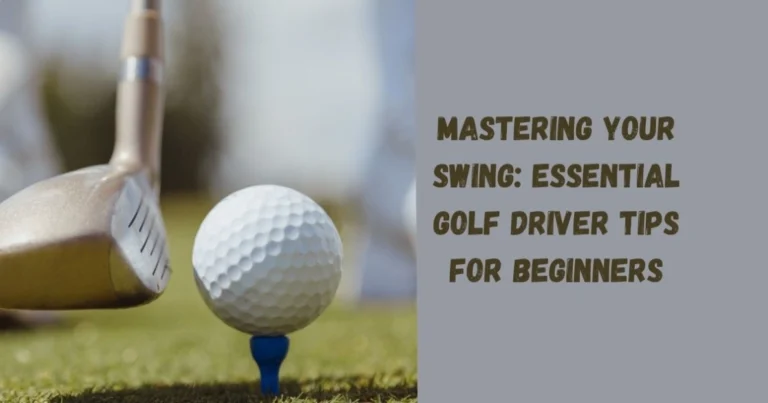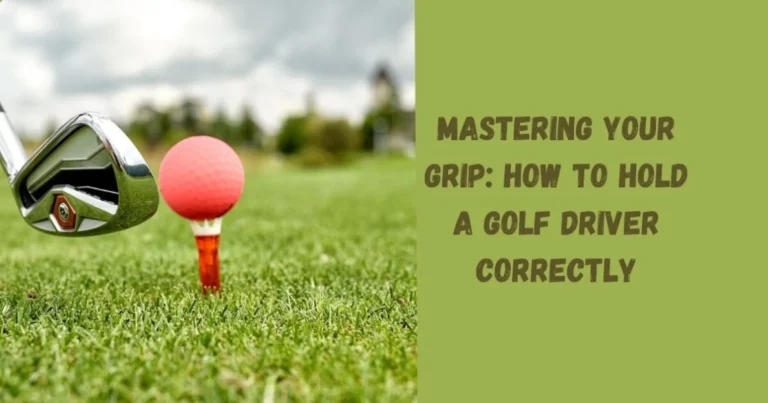Mastering the Golf Driver Stance: Your Ultimate Guide
The golf driver stance is the foundation of a powerful and accurate golf swing. Whether you’re a beginner or an experienced golfer, refining your stance techniques can significantly improve your game. This comprehensive guide will cover everything you need to know about the proper golf stance for driving, including stance fundamentals, body alignment, weight distribution, and foot positioning.
Understanding the Basics of the Golf Driver Stance
At its core, the golf driver stance involves positioning your body correctly to achieve maximum power and control over your shots. Here are the stance fundamentals you need to master:
- Foot Placement: Position your feet slightly wider than shoulder-width apart. This stance width provides a stable base and allows for a full shoulder turn.
- Ball Position: The ball should be positioned just inside your front foot. This ensures you hit the ball on the upswing, maximizing distance.
- Body Alignment: Your shoulders, hips, and feet should be aligned parallel to the target line. Proper shoulder alignment is crucial for accurate shots.
- Grip and Stance: Your grip and stance work together. Ensure your grip is firm but relaxed, and your stance supports a natural swing path.
The Importance of Balance and Stability
A balanced stance is essential for a consistent golf swing. Balance in stance refers to maintaining equilibrium throughout your swing, which can be achieved through proper foot positioning and weight distribution.
- Weight Distribution: Distribute your weight evenly between both feet. During the backswing, your weight should shift to the back foot, and during the downswing, it should move towards the front foot.
- Stance Stability: A stable stance helps maintain control and power. Ensure your knees are slightly bent, and your feet are firmly planted on the ground.
Optimizing Your Stance for Power and Accuracy
To optimize your stance for both power and accuracy, focus on these key areas:
- Lower Body Mechanics: Engage your lower body to generate power. This includes proper knee flexion and hip rotation.
- Upper Body Stance: Your upper body should remain relaxed but firm. Avoid tensing up, as this can restrict your swing.
- Body Posture: Maintain a straight back with a slight forward tilt from the hips. Good posture is critical for a smooth swing and preventing injuries.
Common Stance Mistakes and How to Fix Them
Even seasoned golfers can fall into bad habits with their stance. Here are some common mistakes and how to correct them:
- Incorrect Ball Position: Placing the ball too far back can result in topped shots, while placing it too far forward can lead to slices. Adjust the ball position to just inside your front foot.
- Poor Weight Distribution: Leaning too much on one foot can cause imbalance. Practice shifting your weight smoothly from back to front.
- Misaligned Body: Ensure your shoulders, hips, and feet are parallel to the target line. Use alignment sticks during practice to develop proper alignment.
Drills to Improve Your Golf Driver Stance
Practicing specific drills can help you develop a more effective stance. Here are some drills to consider:
- Foot Placement Drill: Place alignment sticks on the ground to ensure your feet are positioned correctly. This helps develop a consistent stance width.
- Balance Drill: Practice swinging while standing on one leg. This drill improves your balance and weight distribution.
- Alignment Drill: Use alignment sticks to check your body alignment. This ensures your shoulders, hips, and feet are parallel to the target line.
Advanced Techniques for a Perfect Golf Driver Stance
As you become more comfortable with the basics, you can incorporate advanced techniques to refine your stance further:
- Stance Adjustment: Adjust your stance based on the type of shot you want to hit. For example, a slightly open stance can help with a fade, while a closed stance can promote a draw.
- Stance Consistency: Develop a consistent stance routine. This includes checking your foot placement, body alignment, and posture before every shot.
- Stance and Swing Correlation: Understand how your stance affects your swing. A solid stance supports a smooth and powerful swing.
The Role of Stance in Different Golf Shots
Different golf shots require variations in stance. Here’s how to adjust your stance for different scenarios:
- Tee Shots: For longer drives, widen your stance slightly and place the ball just inside your front foot. This helps maximize distance and control.
- Fairway Shots: Narrow your stance slightly for more control. Ensure your weight is evenly distributed for solid contact.
- Bunker Shots: Open your stance and place more weight on your front foot. This helps you swing through the sand and lift the ball out of the bunker.
Stance Tips from the Pros
Learning from professional golfers can provide valuable insights into improving your stance. Here are some tips from the pros:
- Tiger Woods: Emphasizes the importance of a stable lower body and proper weight distribution.
- Rory McIlroy: Focuses on maintaining a relaxed upper body and natural swing path.
- Phil Mickelson: Highlights the need for a consistent pre-shot routine to ensure proper alignment and posture.
Mastering Your Golf Driver Stance
Improving your golf driver stance is a continuous process that requires practice and attention to detail. By focusing on stance fundamentals, body alignment, weight distribution, and foot positioning, you can develop a powerful and accurate golf swing. Remember to practice regularly and incorporate drills to refine your stance. With dedication and persistence, you’ll see significant improvements in your game.
FAQs About Golf Driver Stance
What is the proper stance for hitting a golf driver?
The proper stance for hitting a golf driver involves standing with your feet slightly wider than shoulder-width apart, positioning the ball just inside your front foot, aligning your shoulders, hips, and feet parallel to the target line, and maintaining a slight knee bend and a straight back with a slight forward tilt from the hips.
How can I improve my balance in my golf driver stance?
To improve balance, distribute your weight evenly between both feet, shift your weight smoothly from the back foot to the front foot during the swing, and practice balance drills such as standing on one leg while swinging to develop stability and control.
Why is body alignment important in a golf driver stance?
Body alignment ensures that your shoulders, hips, and feet are parallel to the target line, which is crucial for hitting accurate shots. Proper alignment helps you maintain a consistent swing path and avoid common errors such as slices or hooks.
What are common mistakes to avoid in a golf driver stance?
Common mistakes include incorrect ball position (too far back or forward), poor weight distribution (leaning too much on one foot), and misaligned body parts (shoulders, hips, and feet not parallel to the target line). These mistakes can lead to inconsistent and inaccurate shots.
How does the stance change for different golf shots?
For tee shots, widen your stance slightly and place the ball inside your front foot for maximum distance. For fairway shots, narrow your stance for more control and ensure even weight distribution. For bunker shots, open your stance and place more weight on your front foot to help swing through the sand and lift the ball out of the bunker.






